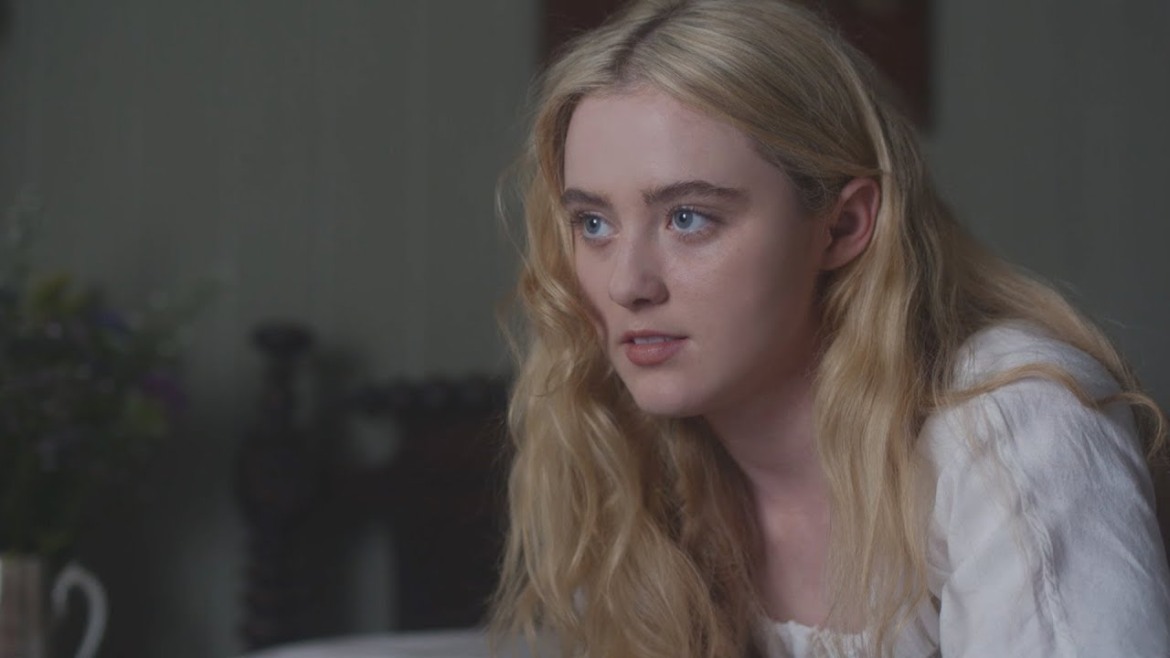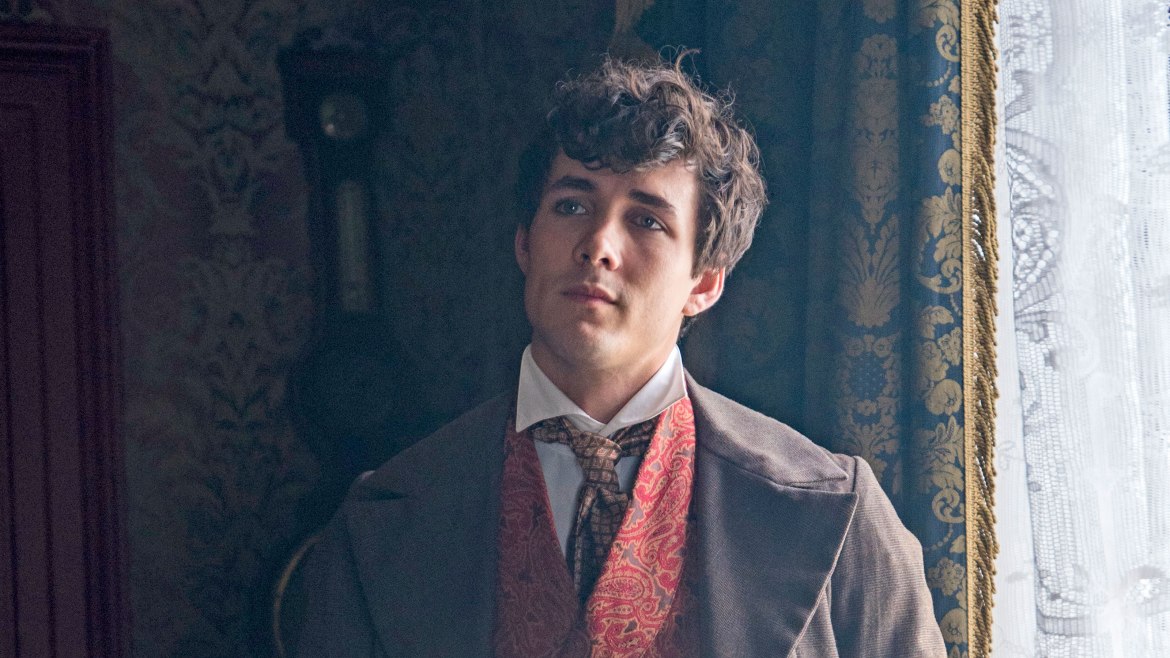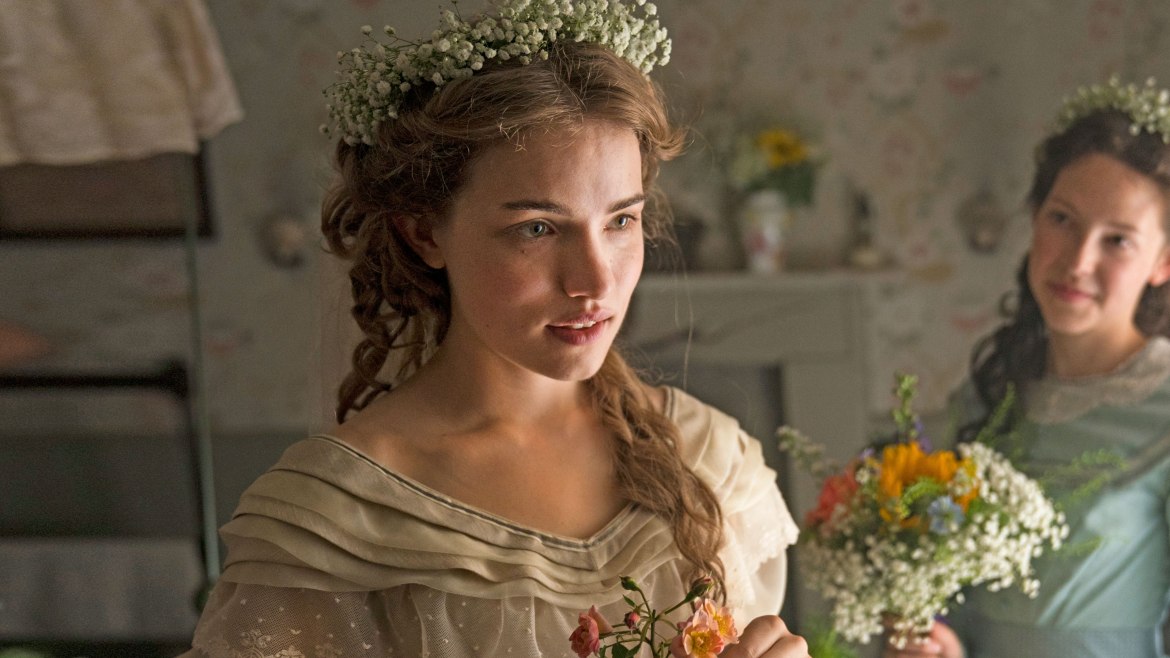I’ll say it, the first episode of Masterpiece’s most recent take on the iconic story Little Women was… lackluster. However, there’s still two episodes to go in the evolving story of the March family. How do things change as the March’s we know and love continue to grow and evolve. Let’s take a look that the next instalment of Little Women.
Episode two begins where we left off. Mr. March (Dylan Baker) is on deaths door in Washington DC, leaving the girls on their own as Marmee (Emily Watson) is forced to go care for him. We see Beth (Annes Elwy) come down with scarlet fever, Meg (Willa Fitzgerald) and Jo (Maya Hawke) both struggle with boys while Amy (Kathryn Newton) continues to be… Amy.

Unfortunately, Kathryn Newton begins to feel miscast as Amy. Newton’s portrayal is structured to emphasize Amy’s spoiled and bratty nature. Previous portrayals of Amy (Kirsten Dunst in 1994 leaps to mind) have done this as well. However, there’s one major difference, Dunst was 12 when she played the role, Newton is 21. Even Elizabeth Taylor was only a teenager when she portrayed Amy in 1949. Ultimately, Amy needs to be younger, because she has to grow up. In this version, Amy is… annoying. As was said last week, there’s still more time which needs to pass, so here’s hoping they can grow the character through this awkwardness.
However, the other characters seem to be figuring things out. Dame Angela Lansbury deserves a standing ovation for her work as Aunt March. Willa Fitzgerald and Maya Hawke in particular seem to fall into their characters solidly. In fact, Fitzgerald does some of the best work of the episode. Her take on Meg feels on par with Trini Alvarado’s in the 1994 version, and I found myself wanting more. Finally, Jonah Hauer-King steps beyond some of his awkwardness in the first installment and evolves into an adorable and likable Laurie.

However, the narrative jumps still prove awkward. A lot of time needs to pass in this episode, and the script continues to be unsure where to spend its time. This hinders not only the narrative, but also the emotionality of the story. Mr. March’s return has been a tremendously important (and heart-warming) beat in previous versions. However, it is barely 30 seconds in this one. The March family is the subject of this story. How can we get a feel for them if we barely see them become whole again?
Furthermore, the script misses a tremendous opportunity as it glosses over the Meg/John Brook romance. Fitzgerald and actor Julian Morris have tremendously good chemistry together. However, we only hear about the romance through other characters, namely Jo’s repeated shock at him carrying Meg’s glove “In his pocket!”. In fact, we only see Meg and John together right before his enlistment. And any emotionality of the sequence is lost in the creative choice to speed through the scene in a montage. The episode sees John wounded and barely 5 minutes later he and Meg are getting married.

However, the version seems to develop and actually improve on previous versions in handling Beth’s illness. The uncomfortable topic has been sped through in earlier films (including 1994). The choice to stay on Beth as she goes to the Hummels, as well as the inclusion of the dying baby is a powerful choice. It will be interesting to see where this version takes things as topics proceed to their… inevitable conclusion.
Ultimately, this version of Little Women is desperate to capitalize on the emotion of this story. However, the creative team can’t seem to wrap their head around how to construct such a complicated story. Even with the increased running time of a mini-series, they still can’t figure out how to structure the layered and complex tale. While some of the flaws from last week have been worked out in episode two, this version is still not what it should be.
Stay tuned for our review of the final installment of Little Women.
